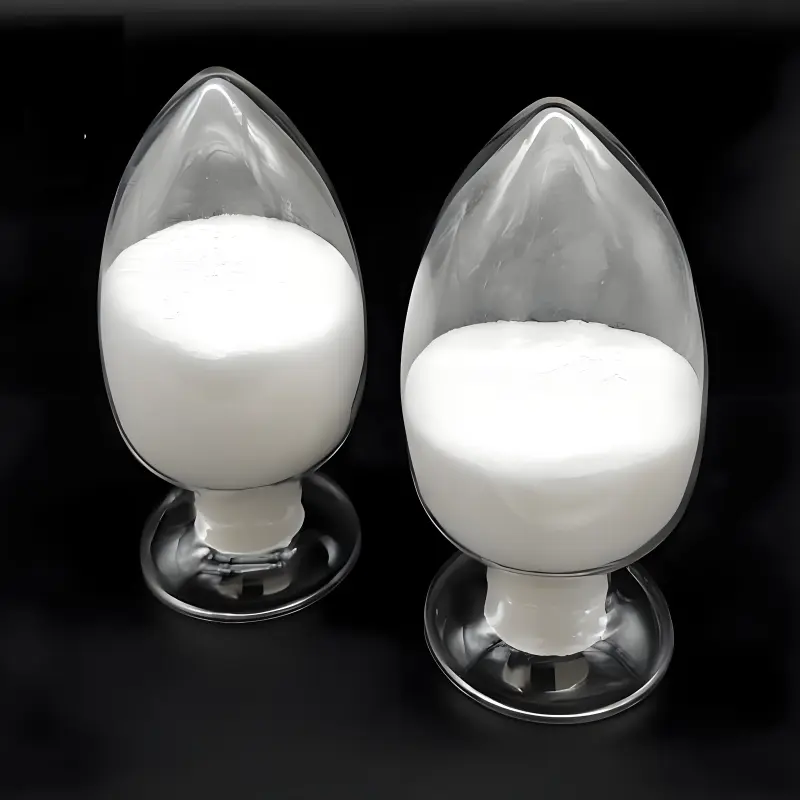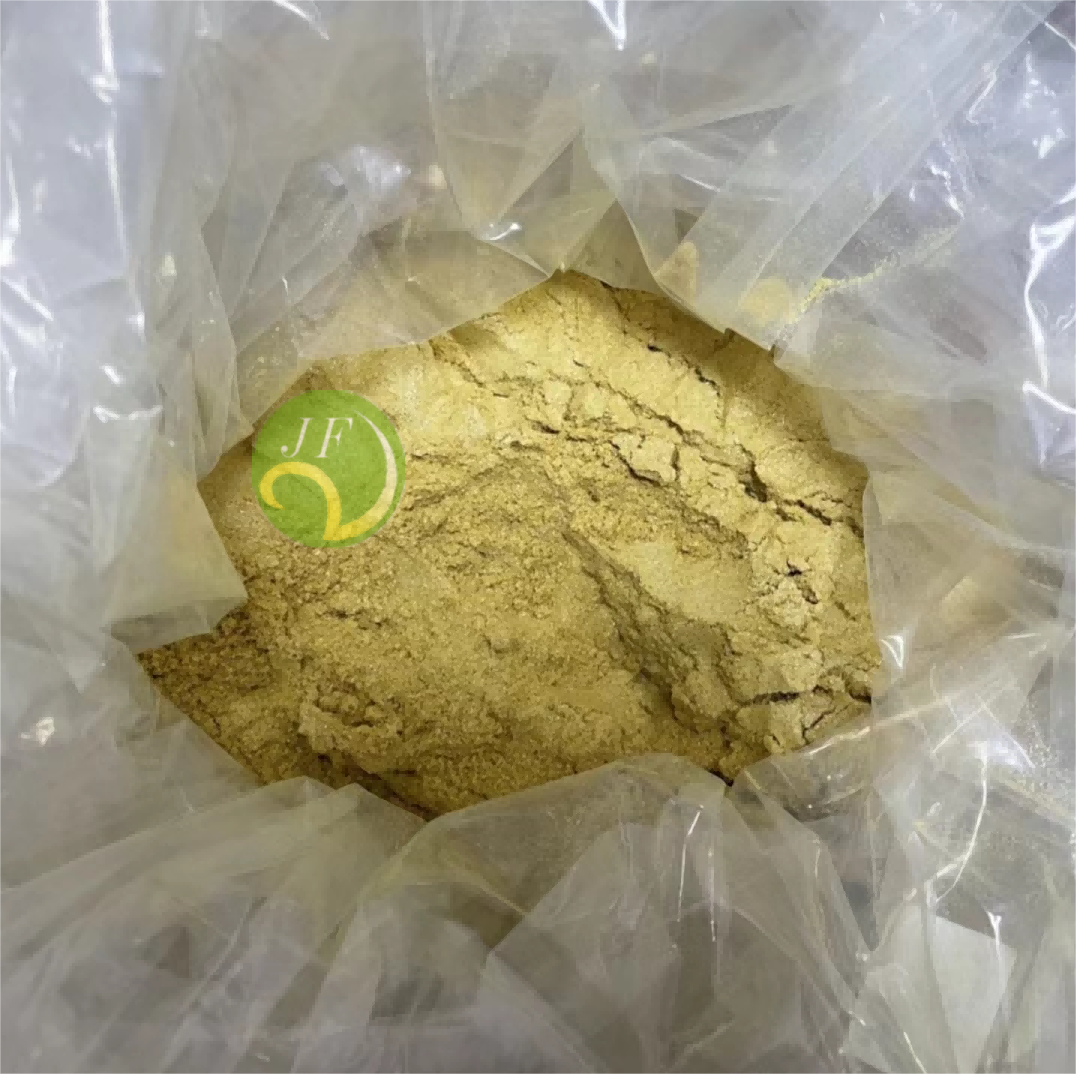-
Categories
-
Pharmaceutical Intermediates
-
Active Pharmaceutical Ingredients
-
Food Additives
- Industrial Coatings
- Agrochemicals
- Dyes and Pigments
- Surfactant
- Flavors and Fragrances
- Chemical Reagents
- Catalyst and Auxiliary
- Natural Products
- Inorganic Chemistry
-
Organic Chemistry
-
Biochemical Engineering
- Analytical Chemistry
-
Cosmetic Ingredient
- Water Treatment Chemical
-
Pharmaceutical Intermediates
Promotion
ECHEMI Mall
Wholesale
Weekly Price
Exhibition
News
-
Trade Service
Oily skin should be a problem of seborrhea, which often occurs in areas rich in sebaceous glands.
The sebaceous glands of the skin secrete a large amount of sebum, which reaches the surface of the skin through the passage of the sebaceous glands and hair follicles to moisturize the skin
.
In fact, if human fat can really "flow out" from the skin, that would be a good thing too! In this way, lazy people can really lose weight, and lose weight without exercising
Such "A Arabian Nights" has really been discovered by scientists recently
.
On July 30, the authoritative journal Science published the latest research progress.
Scientists discovered that a cytokine called thymic stromal lymphopoietin (TSLP) can significantly reduce the weight and white fat content of mice
.
In just 28 days, the weight of the mice was reduced from 45 grams to 25 grams, which is 40% lighter!Unexpected side effects
TSLP is a cytokine produced by skin or lung epithelial cells, which can act on a variety of immune cells
.
At present, TSLP is mostly used in the development of drugs for asthma and other allergic diseases
immunity
In 2012, a group of scientists discovered that TSLP mediates cross-talk between cancer cells and the immune system
.
Tumor cells or cancer-related fibroblasts produce TSLP, which in turn promotes the maturation of immature dendritic cells (iDC), and promotes CCL17, CCL22 and OX40 through monocyte-derived dendritic cells (MoDC) Ligand generation
In 2012, a group of scientists discovered that TSLP mediates cross-talk between cancer cells and the immune system
It is further discovered that TSLP may become a target for allergy treatment
Scientists originally just wanted to know whether TSLP would reduce insulin resistance (a risk factor for diabetes ), thereby reducing the risk of type 2 diabetes
.
What shocked them was that after four consecutive weeks of injection of the viral vector AAV in mice to increase the level of TSLP, not only the risk of diabetes in high-fat diet (HFD) mice was reduced, but the body weight was also significantly reduced by 40%!
TLSP significantly reduced the weight of the mice, white fat and blood sugar levels were also reduced (Source: Science)
Not only that, the white fat content in mice is also greatly reduced
.
White fat is the main storage form of body fat, mainly distributed around the internal organs and subcutaneous tissues
How do mice get thinner?
The weight of the mice dropped rapidly within 28 days.
The researchers first suspected that TSLP is more toxic, impairing the health of the mice and reducing their appetite
.
But they found that the mice in the TSLP experimental group ate 20% to 30% more food than the control group
The researcher recalled a small discovery during the experiment: The hair of the mice in the TSLP experimental group was always shiny and greasy, which could be distinguished at a glance
.
Is the mystery of the massive weight loss hidden in the skin of mice? Does TSLP "oil out" the skin of mice?
Mice induce fat loss by promoting sebum secretion (Source: Science)
With this conjecture, the researchers shaved the hair of the two groups of mice and extracted oil from their fur
.
They found that the bright fur of the TSLP experimental group contained sebum-specific lipids
What we usually call "oil out" is actually the oil secreted by the sebaceous glands on the surface of the skin
.
Don't underestimate this layer of oil, it is an important part of the skin's chemical barrier and can play multiple protective roles
.
It now appears that the mice in the TSLP test group excrete fat from the body through the sebaceous glands
.
TSLP activates T cells to promote sebum secretion (Source: Science)
TSLP activates T cells to promote sebum secretion (Source: Science)Overexpression of TSLP causes antigen-independent stimulation of T cells
.
T cells migrate to the sebaceous glands to promote sebum secretion
.
At the same time, fat in the adipose tissue and liver becomes free fatty acids, which are secreted from the sebaceous glands to the surface of the skin
.
This explains a series of changes in mice after TSLP treatment
.
However, there are many factors that cause obesity, and it remains uncertain whether this method is equally feasible in humans
.
At the same time, security is also an issue that needs to be considered
.
The large secretion of sebum may cause inflammation of the skin and cause acne
.
Moreover, the immune systems of humans and mice are also quite different, and it may take longer time for TSLP treatment to achieve the desired effect
.
About the biological characteristics of TSLP
About the biological characteristics of TSLP1.
The structure of TSLP:
TSLP is mainly expressed by activated lung and intestinal epithelial cells, keratinocytes and fibroblasts, and immune cells such as dendritic cells (DC) and mast cells can also be produced
.
Human TSLP is a four-helix bundle cytokine formed by three pairs of intra-chain disulfide bonds.
The coding gene is located on chromosome 5q22.
1
.
There are two main homologous forms of human TSLP, short form (sfTSLP) and long form (lfTSLP)
.
The end regions of sfTSLP and lfTSLP partially overlap
.
sfTSLP is mainly composed of 60 amino acids and is often expressed in a healthy state and exerts a steady-state effect
.
lfTSLP encodes 159 amino acids and has a molecular weight of about 14.
9 kD.
It is more up-regulated during inflammation and has a pro-inflammatory effect
.
The expression of sfTSLP in intestinal and skin tissues of healthy individuals was significantly higher than that of lfTSLP
.
Once stimulated by Toll-like receptor 3 (TLR3), TLR2 and TLR6 ligands and a variety of cytokines [such as tumor necrosis factor alpha (TNF-α), IL-4 and IL-13], the level of lfTSLP is significantly increased, while sfTSLP The level is similar
.
In fact, the constitutive expression of lfTSLP in unstimulated epithelial cells was significantly lower than that of sfTSLP, while the level of lfTSLP was significantly increased after allergen (allergen) stimulation
.
sfTSLP can still inhibit the production of a variety of cytokines (including TNF-α, IL-1β, and IL-6)
.
sfTSLP can inhibit TSLP signaling and reduce airway inflammation and airway hyperresponsiveness, while lfTSLP mediates inflammation by increasing the release of IFN-γ and activating TSLPR
.
2.
TSLP receptor:
TSLP binds to its specific receptors TSLPR and IL-7Rα to form a ternary complex and initiate signal transduction
.
For example, phosphorylation of Janus kinase 1 (JAK1) and JAK2 activates signal transducers and transcription factors (STAT) 1, STAT3, STAT5, initiates pro-inflammatory signals, promotes DC maturation and activation, and induces functional type II helper T cells (Th2), regulatory T cells (Treg) and follicular helper T cells (Tfh) are expressed to regulate the inflammatory process of the skin, lung and intestinal mucosal barrier
.
TSLPR-deficient mice have lower Th2 immunity, but Th1 immunity is normal or even enhanced, suggesting that the number of TSLPR is an important factor affecting the development of allergies
.
3.
The biological effects of TSLP:
TSLP is essential in the maturation of antigen-presenting cells and hematopoietic cells
.
TSLP is distributed in a variety of immune cells [including DC, type II innate lymphocytes (ILC2), T cells, B cells, natural killer T cells (NKT), Treg cells, eosinophils, neutrophils, mast cells and Macrophages] and non-immune cells (platelets and sensory neurons)
.
TSLP acts on a variety of cell lines, especially myeloid DCs, by forming TSLP-TSLPR-IL-7Rα complexes
.
TSLP can activate human peripheral blood CD11c + DC, up-regulate major histocompatibility complex (MHC) class II, OX40 ligand (OX40L/CD134L, CD252), CD54, CD80, CD83 and CD86, and the activation marker DC-LAMP Expression to promote the differentiation of naive CD4 + T cells (Th0) into Th2 cells
.
In particular, TSLP cannot stimulate myeloid DCs to produce Th1 polarizing cytokines IL-12, pro-inflammatory cytokines TNF-α, IL-1β and IL-6, which is a key feature of TSLP to construct Th2 immune microenvironment
.
TSLP-DC enhances Th2 immune response by activating Th2 effector memory cells and blocking the production of FOXP3 + Treg
.
TSLP interacts with CD4 + T cells, CD8 + T cells and Treg cells to further promote the proliferation and activation of Th2 cells [6]
.
TSLP can still activate mast cells, innate lymphocytes, epithelial cells, macrophages, etc.
, and cooperate with epithelial cell chemokines such as IL-25 and IL-33 to jointly promote Th2 cytokines (IL-4, IL-5 and IL- 13) Generate
.
In addition, TSLP can promote eosinophil activation and chemotaxis
.
TSLP significantly delays the apoptosis of eosinophils in a concentration-dependent manner.
By up-regulating the expression of CD18 and intercellular adhesion factor 1 (ICAM1) and down-regulating L-selectin, it induces the production of IL-6 and chemokines CXCL8 and CXCL1, leading to eosinophilia.
Granulocyte inflammation
.
The content comes from medical cube Pro, Science and other sources
.
.
Reference materials:
Reference materials:Ruth Choa et al.
Thymic stromal lymphopoietin induces adipose loss through sebum hypersecretion .
Science.
2021 Jul 30;373(6554):eabd2893.
doi: 10.
1126/science.
abd2893






